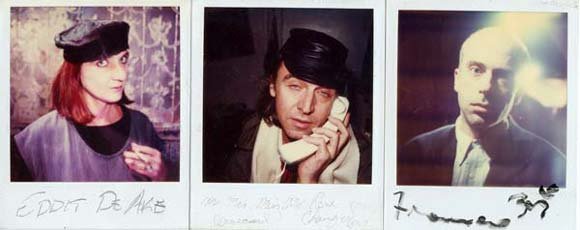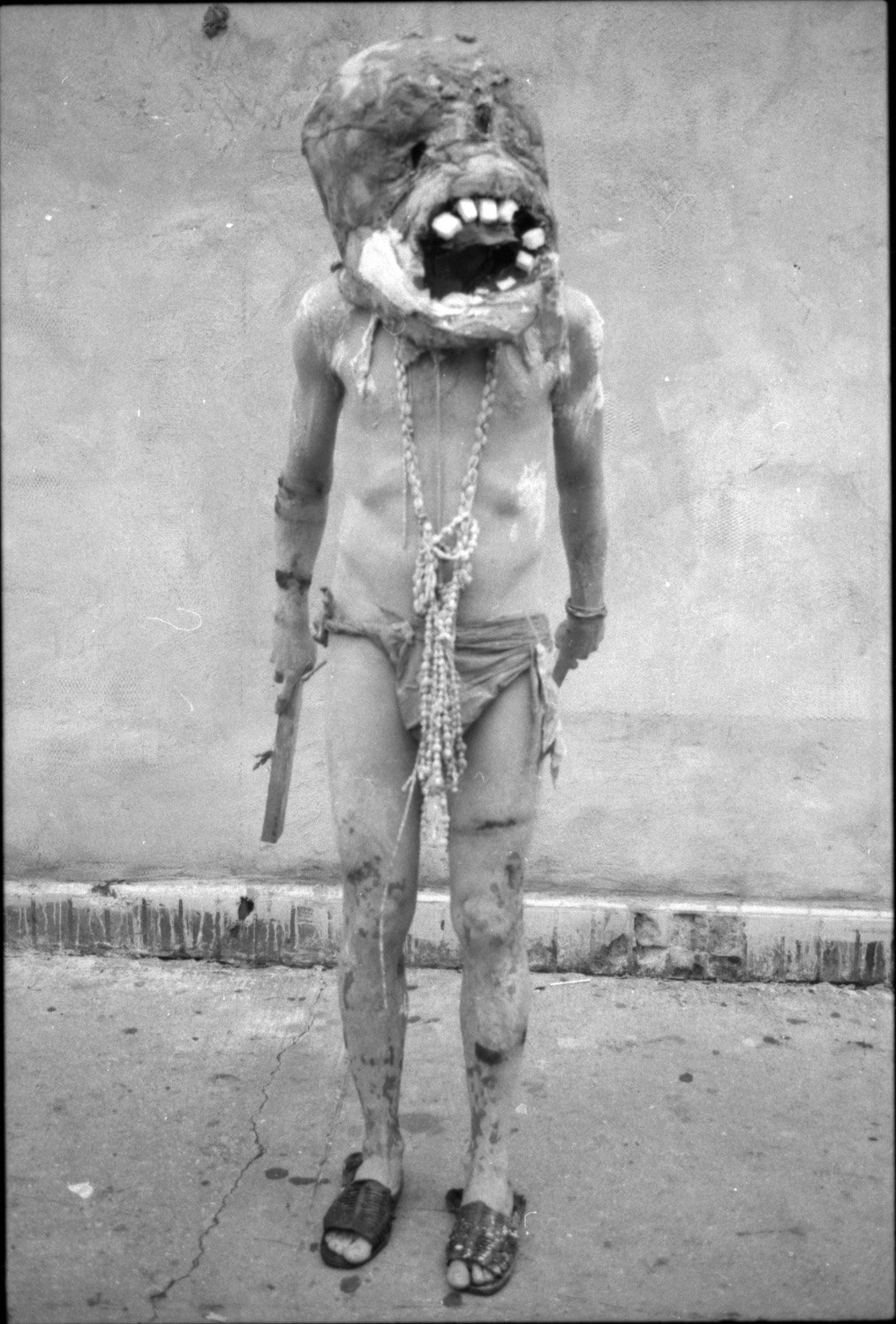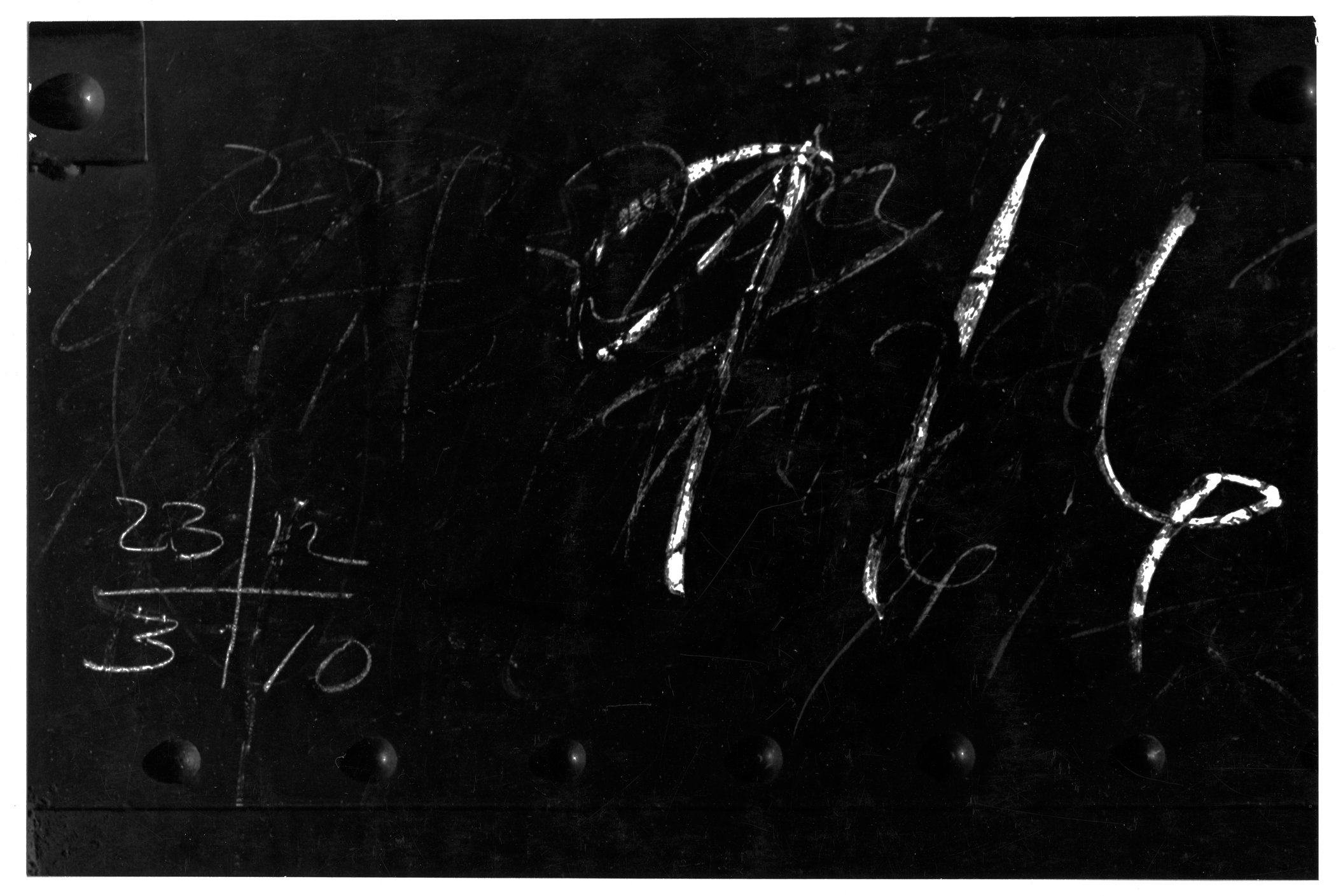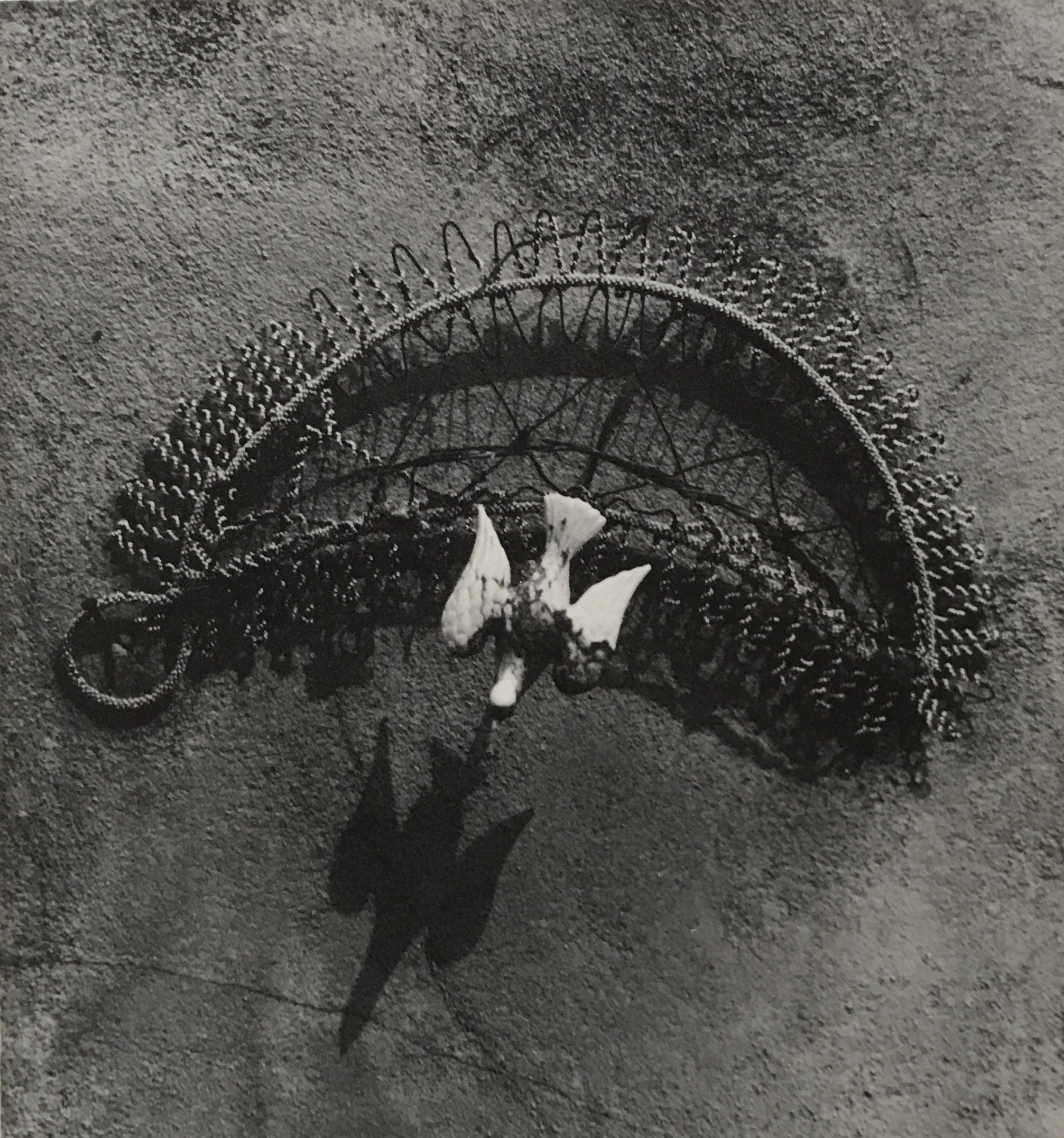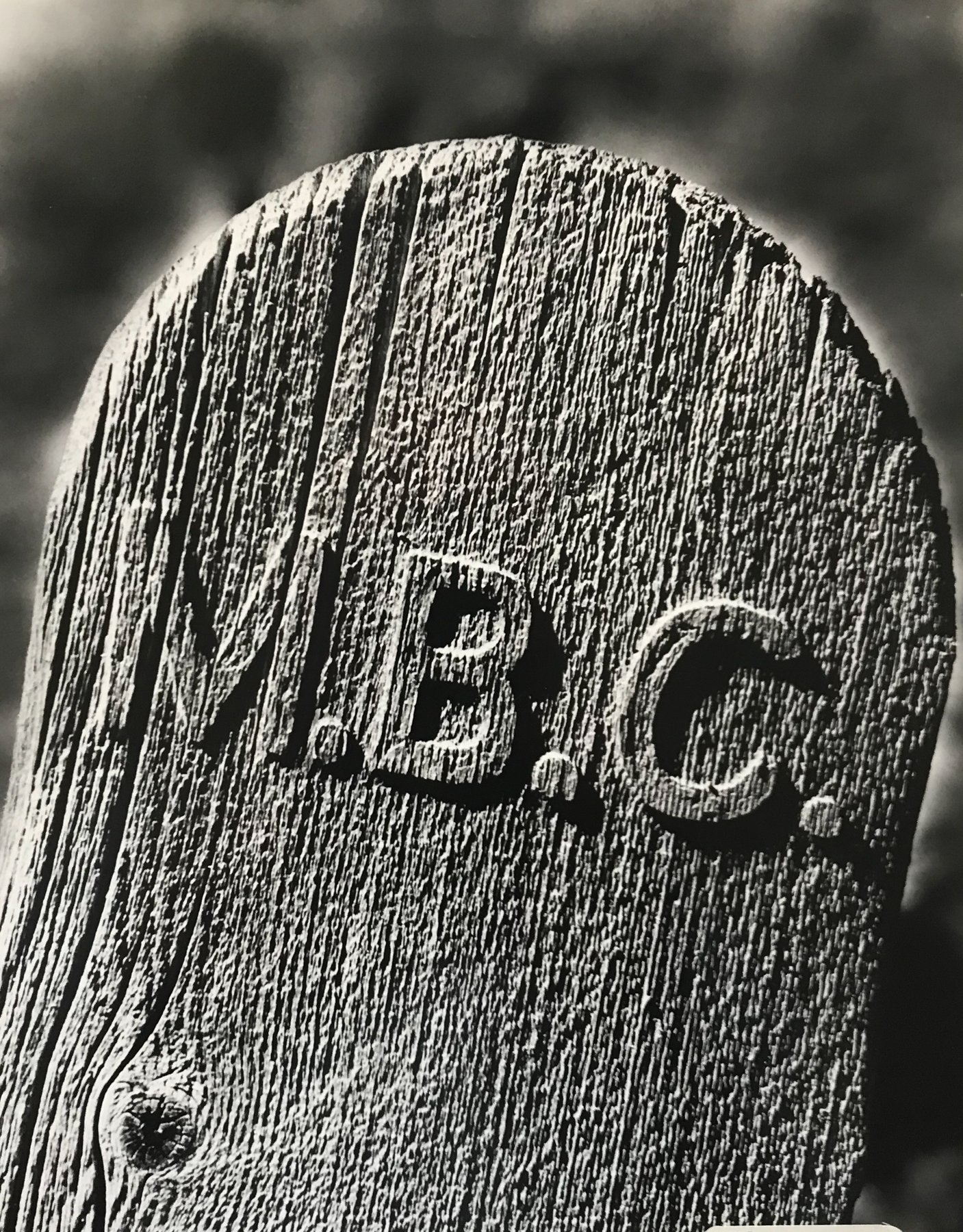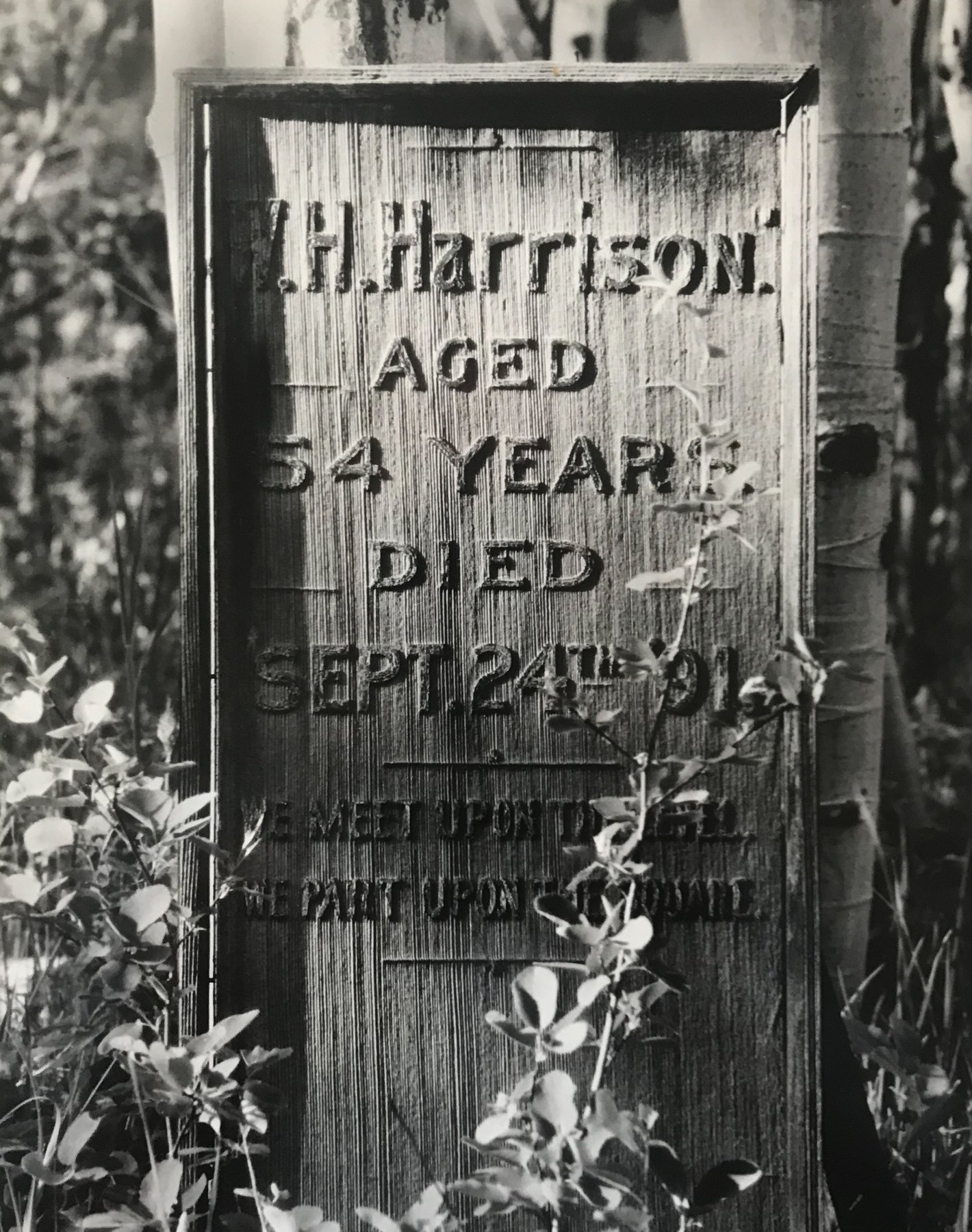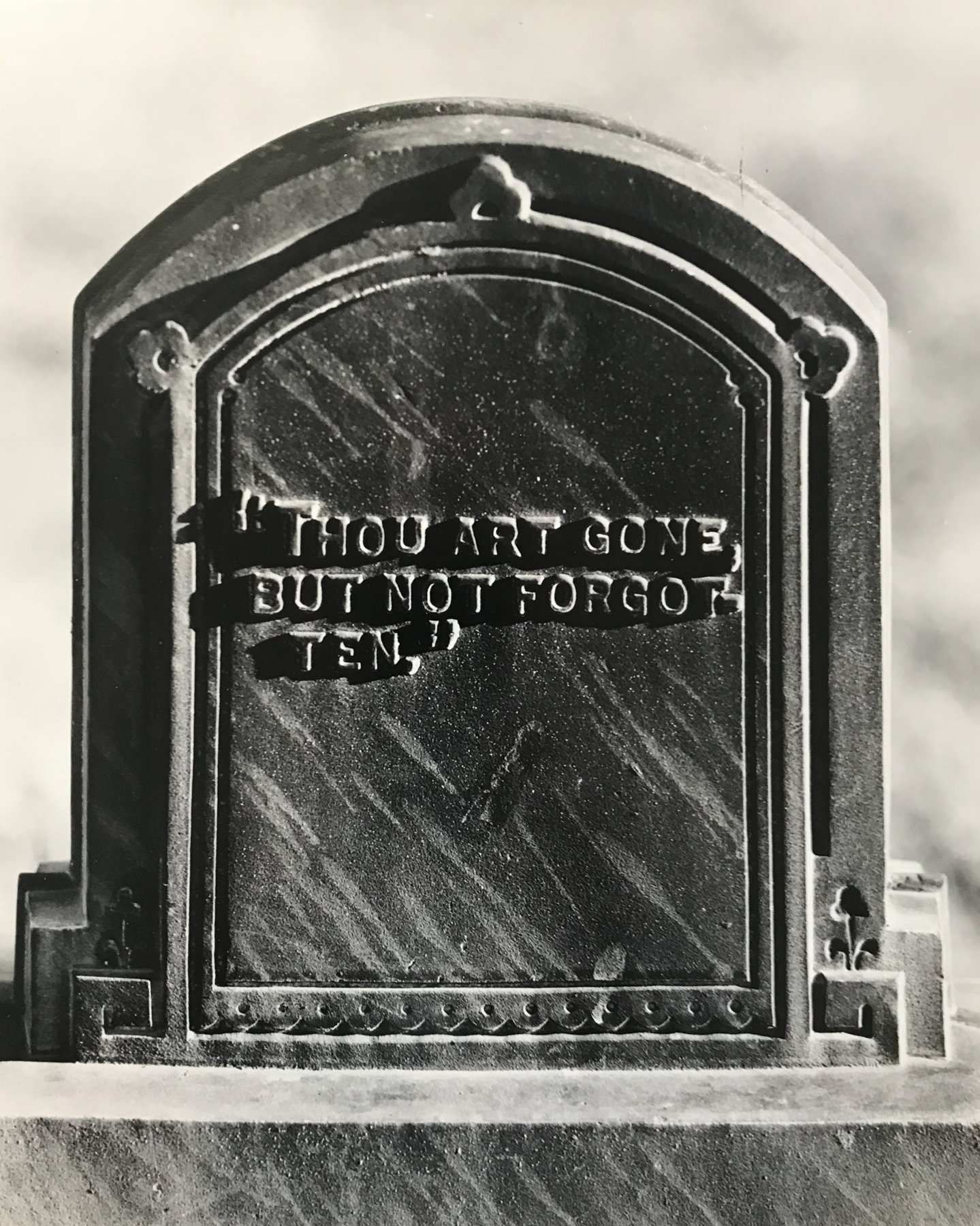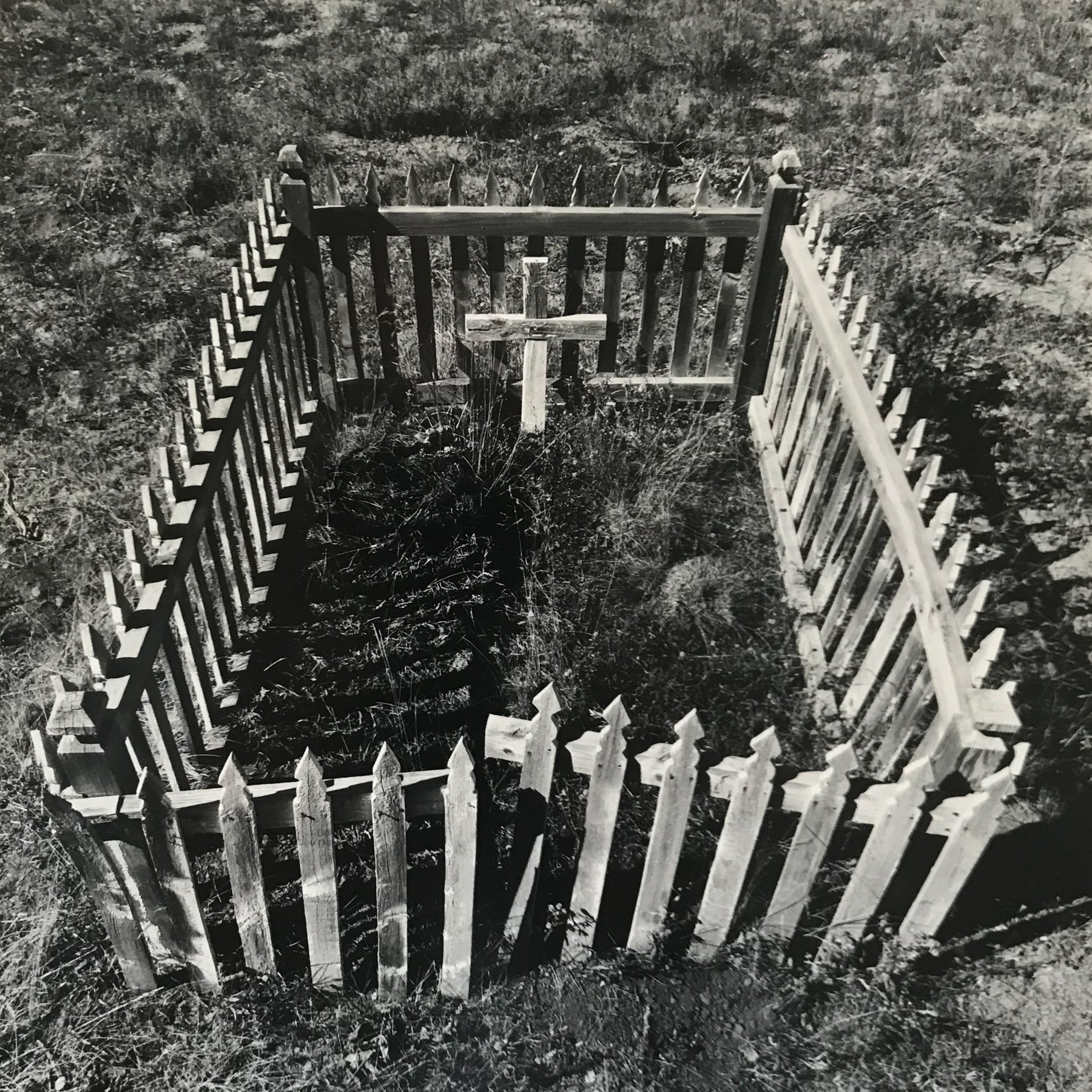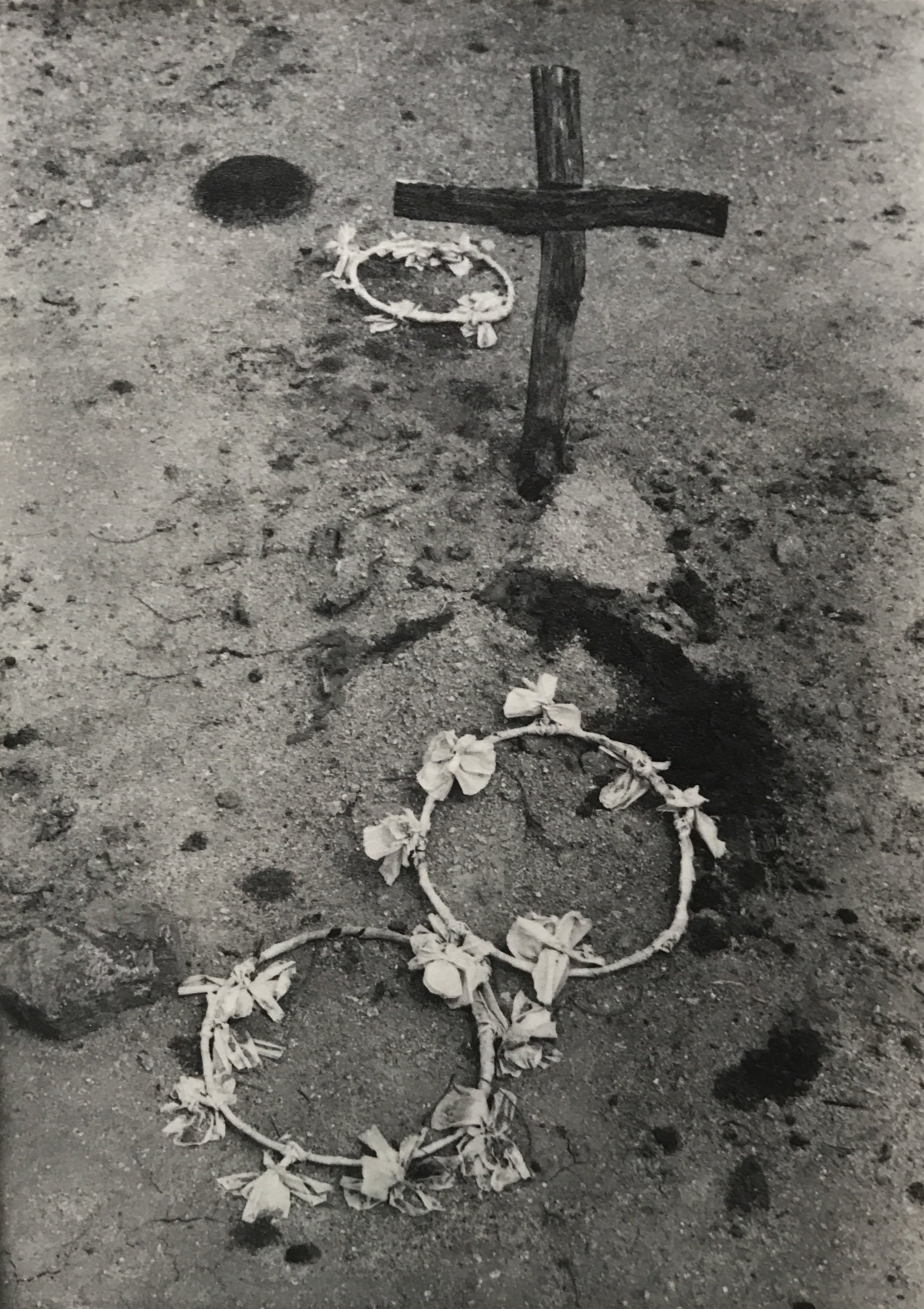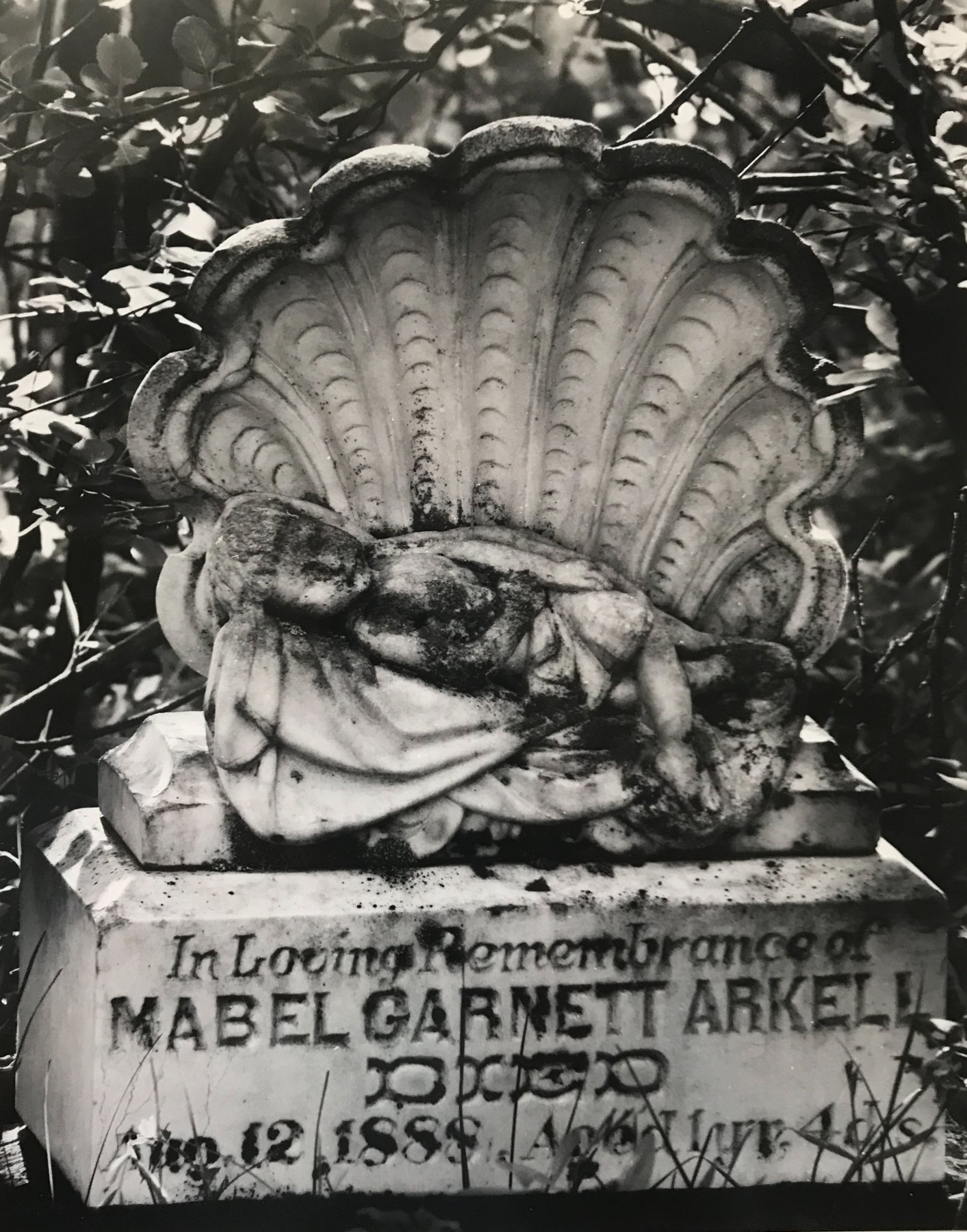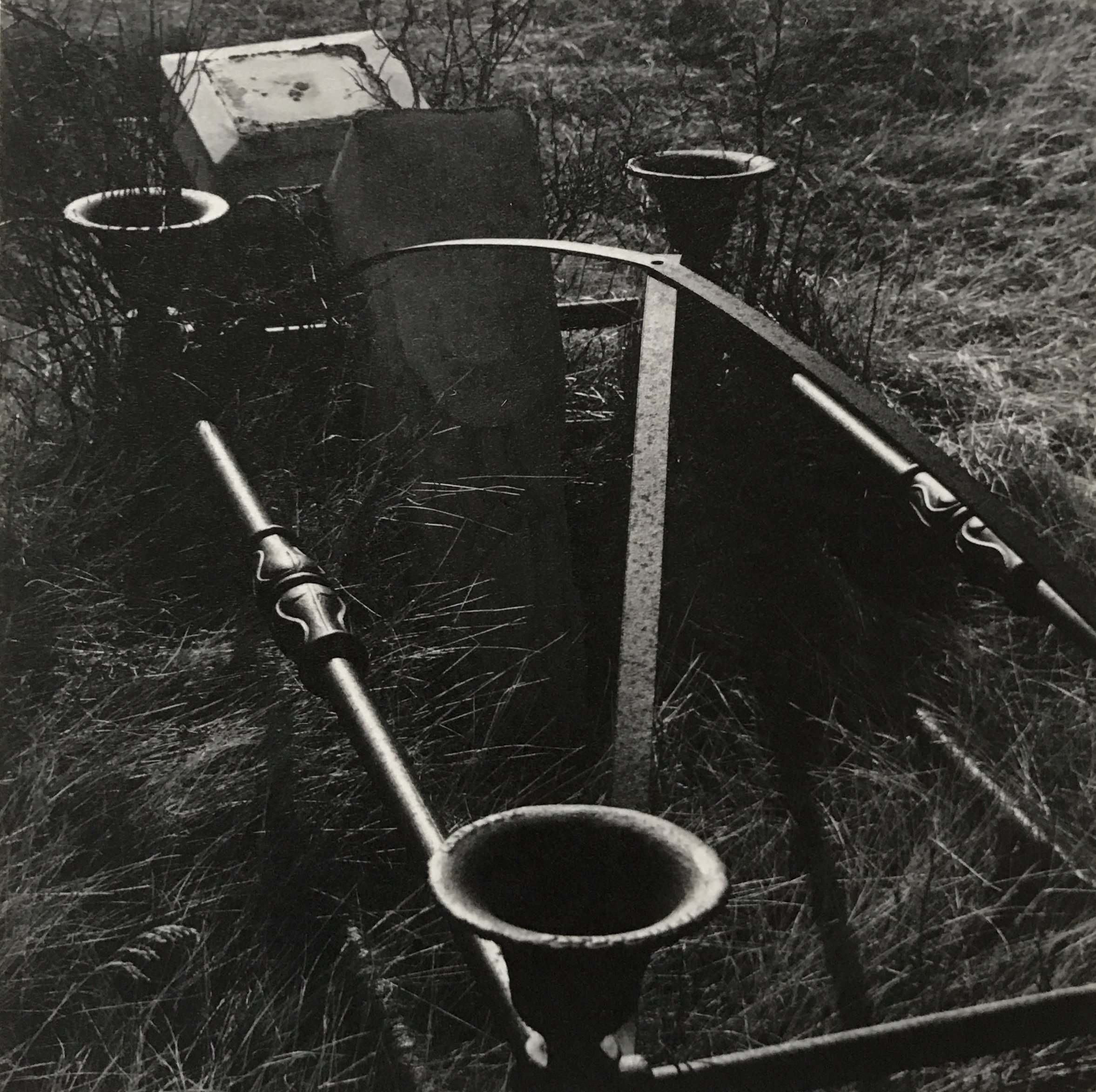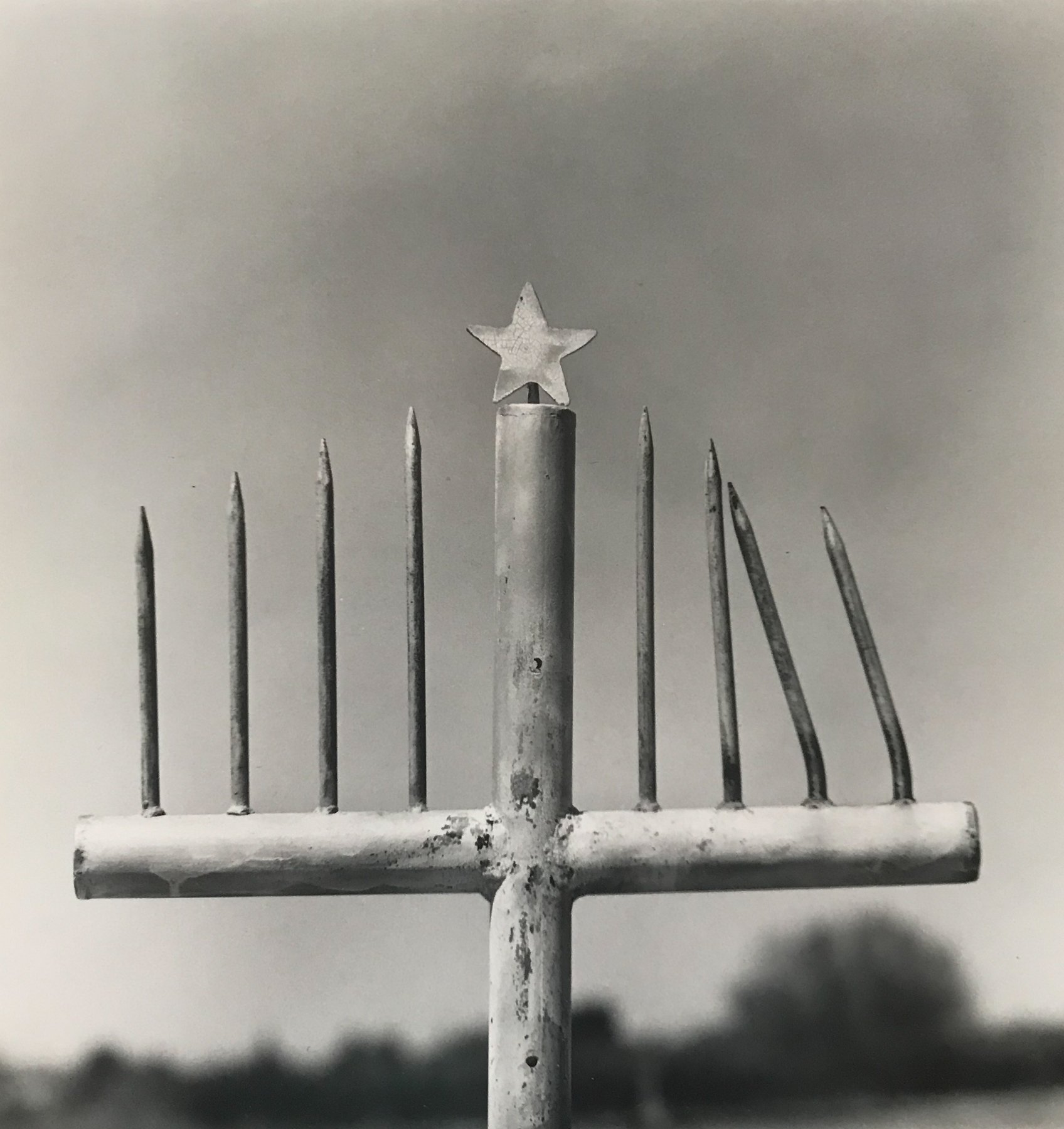This coming March, 2023, RedLine Denver will open “typed live, excuse errors, A Mark Sink Retrospective.” Billed as “the interconnected world of family, community and art,” the show celebrates Mark’s life and contributions to Colorado’s photo community. He is the sole founder of Denver’s Month of Photography and is an original founder of the Museum of Contemporary Art Denver. He also organized The Big Picture street art projects, The Denver Salon, its offshoot The Internet Salon, the Denver Collage Club, and his own brick and mortar gallery.
My personal interactions with Mark date back to my earliest days in Denver. Literally within hours of meeting him I was sitting in a bar participating in an informal salon led by some of Denver’s leading artists. Since those days we have worked together on the University of Denver’s 2011 Warhol in Colorado exhibition (see May 07, 2021 blog post), and collaborated on many exhibition and fundraising initiatives in conjunction with the Colorado Photographic Arts Center and Month of Photography. Most recently, Mark has been helping me gather information for this blog and my book on Colorado’s photo history, and I have been chipping in to help with his RedLine retrospective.
This interview is presented in two parts, edited from transcripts of numerous meetings and interviews conducted online and at his home since 2011; it was most recently edited in collaboration with Mark in late fall 2021. “typed live, excuse errors” opens with a reception at RedLine on Saturday, March 11th, 2023, 6-9 pm, and runs through Easter Sunday, April, 9th. It is presented as part of this year’s Month of Photography events. For a full listing, visit https://denvermop.org/
Mark Sink: Fisher Price self portrait.
RJ: Like you, your parents were very active in the arts community. Can you describe them to me?
MS: My dad moved to Denver in 1950 and was the Denver Associate to I. M. Pei from 1956 to 1960. He formed his own successful architectural firm, got a lot of prestigious commissions and awards, chaired the Denver Arts Commission for fifteen years—1968 to 83. I joke that he was a hedonistic dude—two-martini lunches and smoking in the offices - it was the Mad Men days. My mom was very social but not hedonistic! They were both art activists, co-founders of the group AFCA—the Alliance for Contemporary Art—that eventually brought the Denver Art Museum (DAM) its first contemporary art curator, Dianne Vanderlip, and Gio Ponti [architect of the DAM’s first permanent building at 13th and Bannock]. They were a small group of people who wanted to introduce a more contemporary vision into Denver. That’s when Otto Bach was saying “no photography” at the DAM.
RJ: That would have been the early 1970s. Were you in school or university then?
MS: I enrolled at Metro State (now Metropolitan State University of Denver) in 1978. Early on I explored more academics and liberal arts, but I got terrible near-failing grades. Then I found art. More than that I found that Metro had amazingly great facilities to make art. Printmaking, pottery, sculpture, and painting and darkrooms. I was in heaven, and it came so easy for me.
Students around at that time are artists today like J. John Priola and Eric Havelock-Bailie, Reed Weimer, and a great inspiring artist, Wes Kennedy. We would be very irreverent, tearing, folding, and scratching photo paper. We made Stan Brakhage-like videos that we projected onto photo paper and made giant prints. We did performances using print-covered walls to make an environment. Up all night, high on making work. It was a great time—there was something in that mid-seventies period.
RJ: There’s a post on this site about your meeting with Warhol in 1981. How did that affect the trajectory of your life?
MS: Meeting and becoming friends with Warhol was of course life changing—it gave me great belief in myself. I would fly to NY, stay in the Hotel Chelsea and run around with Andy and the Factory crew and other artist friends. We went on a few dates. Once to the Odeon where Mick Jagger was waiting at the table for us. Pretty mind boggling to be thrust into all that. Back home in the Metro labs, I’d develop the hundreds of rolls of film I shot in NY. I was pretty lit up by it all, but I did keep it to myself quite a bit because it was such a surreal two worlds.
I opened a commercial studio and I made artwork with my toy plastic camera and photographed artists’ artwork for a living. I was doing my Famous Face Polaroid series. If you walked up to a famous artist or actor with a Nikon they would tell you to go away, but a Polaroid allows you in. You’re making this sort of performance event—I was doing long exposures, painting the light in, key light, hair light, background light, while they held still. The results were amazing. The sitter always wanted to see it and often asked for more. It would get me work and contacts, and it led to my meeting stars, from Lauren Hutton to Uma Thurman. It was my shtick, my calling card that I would take around town.
RJ: How did your career as a curator develop?
MS: Before Warhol, on my days off from Metro State, I worked for one of the only contemporary art galleries in Denver at the time, the Sebastian-Moore Gallery—Christy Sebastian and Mimi Moore. I was taught how to hang and light shows, and the over-all exhibition cycle of cards and mailings, marketing and press releases. They left for a month once; when they returned, they offered me a pink Mao Andy Warhol as payment. Silly me, I turn it down!
Carol Keller was then director of the Emmanuel Gallery on the Auraria campus and was very open to show ideas. I did several shows there. John Deer Doe was my first important one—a gathering of experimental artists and performers. I didn’t even know what the term curator was. The flyer says “coordinated by Mark Sink.” You know, it was very early on and I was realizing I’m gathering people. This is the reoccurring theme you’ll see all the way up to present day.
I didn’t curate much in New York; I was busy staying afloat shooting artwork for galleries and fashion. I found a small cheap room and put a darkroom in and started making prints again. That led to my first show in NY at the Willoughby Sharp Gallery, called 12 Nudes and a Gargoyle. It was my Diana toy camera work and it was exciting to sell out the whole show! Pace/MacGill Gallery bought some prints. Overall, to show in NYC that was very exciting for me—a dream come true.
Denver Mud People in New York City, ca. 1985
RJ: In the eighties you were involved with performances in Denver and New York by an eclectic group of artists known as Mud People. How did that evolve?
MS: A wonderful artist named Mark Antrobus and I collaborated with a group of artists to be like the mud people we had seen in that great book by Irving Penn. [Three Asaro Mud Men, New Guinea, 1970. ] Our first event was in Denver around 1980. We called it “Urban Aborigine Week.” We started out just wearing cardboard and junk things we found. Then we started making paper pulp helmets and mudding up doing events.
When I was living in New York in the mid-1980s, the Denver people came and we did Earth Day. We made the front page of the Daily News! Later People magazine. The New York Times picked us up. People were gathering around us, wanted to touch us. … One day the brown and black community around Fashion Moda Gallery in the South Bronx was fired up, dancing in the street with us. The next day we did it in Soho and the people there pretended we didn’t exist. But people loved us at Grand Central Station.
Back in Denver in the nineties we would crash the Cherry Creek Arts Festival. At first they tried to get us arrested, then when we made the front page of the papers they invited us back and gave us a tent and paid us. We made mud Polaroids and gave them out to people, kids, muddied them up (above). But that’s when the group fell apart, when we got sanctioned by the festival. The same sort of thing happened with The Denver Salon, which we’ll get to.
End. Part Two will be published early March. (Updated February 4, 2023.)









